10 Reasons Why Your Children Should Learn Martial Arts
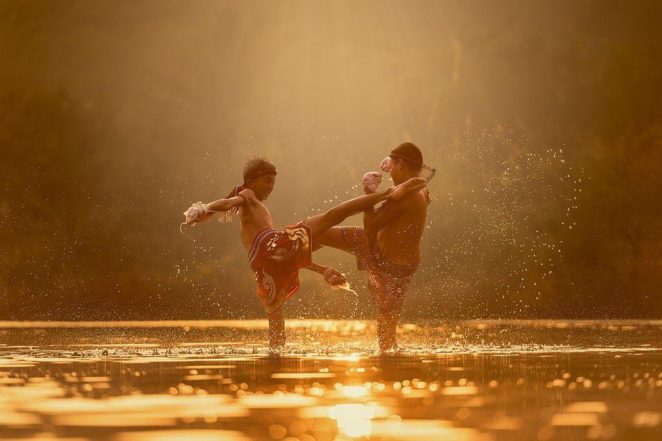
Martial arts are a set of combat practices that have been in the tradition of many cultures for thousands of years. It is a form of self-defense, enforcement of the law, and mental and physical development. In addition, martial arts can be played to entertain people and it is taught to children to preserve the cultural heritage of the nation.
The term Martial Arts originally means ‘Arts of Mars’ in Latin. Mars is the Roman God of war. Although historians argue that the name should be ‘Fighting Arts’ instead of ‘Martial Arts’ since the system itself are never ‘Martial’ or used by professional warriors, still it has become the dominating term.
In this article, we will know the history of this combat practice, what are its different types, and why children should learn it now.
History of Martial Arts
Early Times of Martial Arts
 Historians found out that as early as 3,400 BCE, there are battles in the Ancient Egyptian paintings. In 2,000 BCE, there is a depiction of various methods of wrestling in a tomb in Beni Hasan, Egypt. Furthermore, there are representations of fist fighting that researchers found during Minoan civilization on Aegean Bronze Age which dates as old as 2nd millennium BCE.
Historians found out that as early as 3,400 BCE, there are battles in the Ancient Egyptian paintings. In 2,000 BCE, there is a depiction of various methods of wrestling in a tomb in Beni Hasan, Egypt. Furthermore, there are representations of fist fighting that researchers found during Minoan civilization on Aegean Bronze Age which dates as old as 2nd millennium BCE.
Such extensive evidence goes to show that there are signs of early techniques of combat as self-defense and sports during the first civilizations in the world.
Meanwhile, the martial arts in China started during the Xia Dynasty. Yellow Emperor Huangdi of the Ancient China has written treatises pertaining to this combat practice in 2,698 BCE.
The Asian Martial Arts are a combination of Chinese and Indian practices. During the Warring States period of China on 480 to 221 BBC, there’s a development of the philosophy of martial arts as written in Sun Tzu’s “The Art of War”. Researchers suggest that the spread of martial arts in India is due to the dissemination of Buddhism in India in 5th Century AD.
Furthermore, there is a wealth of documentation of Asian martial arts, especially during the medieval period. This includes during the Ming era with the treatises of Ji Xiao Xin Shu, Indian combat documents with the text like Malla Purana, and Korean combat practices during the Joseon era with the texts like Muyejebo.
Meanwhile, the earliest record of this combat practice in Europe dates back to Ancient Greece. Boxing and wrestling are played during the Ancient Olympic Games. The Romans introduced the gladiatorial combat as public entertainment.
Martial Arts in the Modern Times
 Modern martial arts started in mid to late 19th century and it was developed from the traditional fighting styles. In Japan, for example, Judo, Karate, Kendo, and Jujitsu developed.
Modern martial arts started in mid to late 19th century and it was developed from the traditional fighting styles. In Japan, for example, Judo, Karate, Kendo, and Jujitsu developed.
In the 1920s, the modern Muay Thai rules developed. Meanwhile, in China, the start of modern martial arts began during Nanjing period in the 1930s following the foundation of the Central Guoshu Institute under the Kuomintang government in 1928.
During the end of 19th century, there is an increase of interest of the West on martial arts and this is because to the increase in trading relations of the United States and China. In addition, a number of US personnel were assigned in South Korea, China, and Japan which exposed them to local fighting styles like Judo, Karate, and Jujitsu in the 1950s to 1960s.
Asian and Hollywood martial arts movies began to flood the market. Artists like Jackie Chan, Jet Li, and Bruce Lee became one of the most popular martial artists in the whole world.
Various martial art methods are adapted as self-defense for hand-to-hand combat. With the continual discovery of medieval and Renaissance fighting styles, the practice of historical European and Asian martial arts are gaining popularity in the United States and Europe.
Types of Martial Arts
Through the years, martial arts developed according to the culture of the countries. There are various styles of martial arts and here some of them:
Ground Fight Style or Grappling Style

Wrestling
This type of martial method teaches its practitioners to take opponents on the ground and achieve a superior position. These are the following:
- Brazilian Jiu-Jitsu-A type of combat sport that uses ground fight and grappling. It is from in Brazil and it promotes the concept that a weak individual can overtake a bigger opponent.
- Catch Wrestling and Wrestling-A type of combat sport that includes grappling, joint locks, throws, takedowns, pins, and other movements. Wrestling can be theatrical (entertainment) or competitive.
- Jujutsu-a Japanese style close combat for defeating an armed opponent which uses a short weapon or no weapon at all.
- Russian Sambo-Sambo literally means self-defense without weapons in Russia. It is somehow similar to wrestling and Judo but with some differences in the rules.
- Sumo-A competitive full wrestling sports where a wrestler attempts opponent to get out of the ring. It also enables opponents into touching the ground with anything other than the soles of the feet.
Hybrid Style

MMA
The hybrid style of martial art is a combination of different styles. It includes stand up, grappling, throws, takedowns, and others. These are some of the following:
- Jeet Kune Do (JKD)-It is a popular combat practice by Bruce Lee and it is the Chinese Kung Fu without form. Unlike the traditional Chinese martial arts, JKD does not have any pattern and it includes a philosophy with guiding thoughts.
- Mixed Martial Arts (MMA)-It is a full combat contact sports that include grappling and striking while standing on the ground. It also combines techniques from other martial arts. The Ultimate Fighting Championship (UFC) now includes MMA in the United States.
- Ninjutsu-This is the strategy or tactics of warfare or espionage in Japan which the shinobi or ninja practices.
- Shootfighting- A combat sport of the International Shootfighting Association (ISFA). Shootfighting includes various techniques like Muay Thai and Catch Wrestling.
Meditative or Low-Impact Style
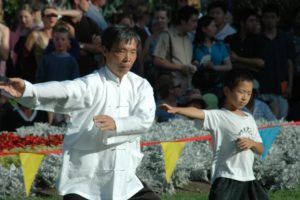
Tai Chi
Low-impact or meditative style of martial arts concerns fitness, breathing techniques, and the spiritual side of their movements and not with the combat. These include the following examples:
- Baguazhang-One of the Three main Chinese practices of the Wudang school. The two are the Xing Yi Quan and Taijiquan. It is part of the Wushu series of China.
- Chi Gong- Chi Gong, Chi Kung, Qi Gong, or Chi Gung literally means life-energy cultivation in China. It is a holistic system of body posture plus body movement. It also embodies proper breathing to meditate and improve health and spirituality.
- Tai Chi-A form of internal Chinese martial art which is done for self-defense and health benefits. It refers to the philosophy of yin and yang and promotes balance even in the bodily movements.
Stand-up or Striking Style
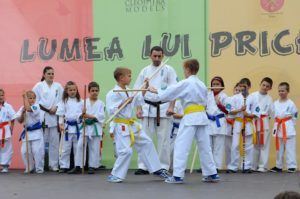
Karate
This type of martial arts uses blocks, punches, elbows, kicks, and knees to defend themselves while on their feet. It includes:
- Boxing-A type of combat sport which players wear protective gloves and throw punches unto each other on a specific time inside the boxing ring.
- Karate- A type of Chinese martial art which is from the Ryukyu kingdom in 15th to 19th century. It is a combination of different styles like punching, kicking, knee and elbow strikes, open hand techniques, and palm-heel strikes.
- Kickboxing-A type of stand-up combat sports which uses punching and kicking of the opponent. It originated in Japan in the 1960s.
- Kung Fu- Kung Fu or Gongfu is a Chinese term which refers to the study or practice that requires energy, patience, and time to complete. It is a set of discipline achieved through hard work which can not necessarily mean martial arts.
- Muay Thai-This is a combat sport of Thailand which uses stand-up striking together with other clinching styles.
- Taekwondo-A type of Korean martial arts that is characterized by head-height kicks, spinning kicks, jumping, and other fast kicking techniques.
Takedown and Throw Style

Judo
This method uses throws and takedown styles to dominate the opponent. These are the following:
- Aikido-Aikido means a way of unifying with life energy in Japan. It was developed by Morihei Ueshiba. It allows the user to defend themselves while also protecting attackers from serious injuries.
- Hapkido-It is an eclectic Korean martial art. It employs joint locks, throwing, grappling, kicks, punches, and other striking techniques.
- Judo-It literally means the ‘Gentle Way’ in Japan. It aims to throw the opponent on the ground or immobilize him.
- Shuai Jiao-It pertains to ancient jacket wrestling Kung-Fu style in various parts of China such as in Beijing, Tianjin, and Baoding of Hebei Province found in North China Plain.
Weapon-Based Style

Kendo
Martial arts also use weapons. Here are some of the martial art weapon-based style:
- Iaido- A type of Japanese martial art that gives emphasis to the drawing of the swords quickly to respond to an immediate attack.
- Kendo-Kendo literally means ‘The Way of the Sword’ in Japan. It is inspired from Kenjutsu or the traditional swordsmanship and Shinai.
Reasons Why your Children Should Learn Martial Arts
1. Become More Focused
Parents are enrolling their kids in martial arts classes because they wanted them to become more focused. The focus in this practice is not about learning how to sit at the desk all day and listen to the teachers. It is about taking consciousness in one task only and be able to block out distractions.
The ability to focus doesn’t mean being unaware of the environment but it means the ability to filter things that are irrelevant to the current task. For example, during sparring, it is not necessary that the martial artists know who goes in and out of the room. It is important to maintain their focus on sparring and not on other things.
2. Control Proper Breathing
Martial arts are oftentimes demanding and only through focus can progress become possible. It can come easily or be a battle. Either way, it is a skill that can be honed through time.
The gateway to attaining focus is learning how to control breathing and this is also taught in martial arts classes. Indeed, martial arts teaches its practitioners how to focus and it extends it out dramatically.
3. Develop Athleticism
Martial arts can develop athleticism in every child. They can learn at an early age that martial arts are not about competition but rather a method to learn a new skill for self-defense.
4. Execute Basic Movements
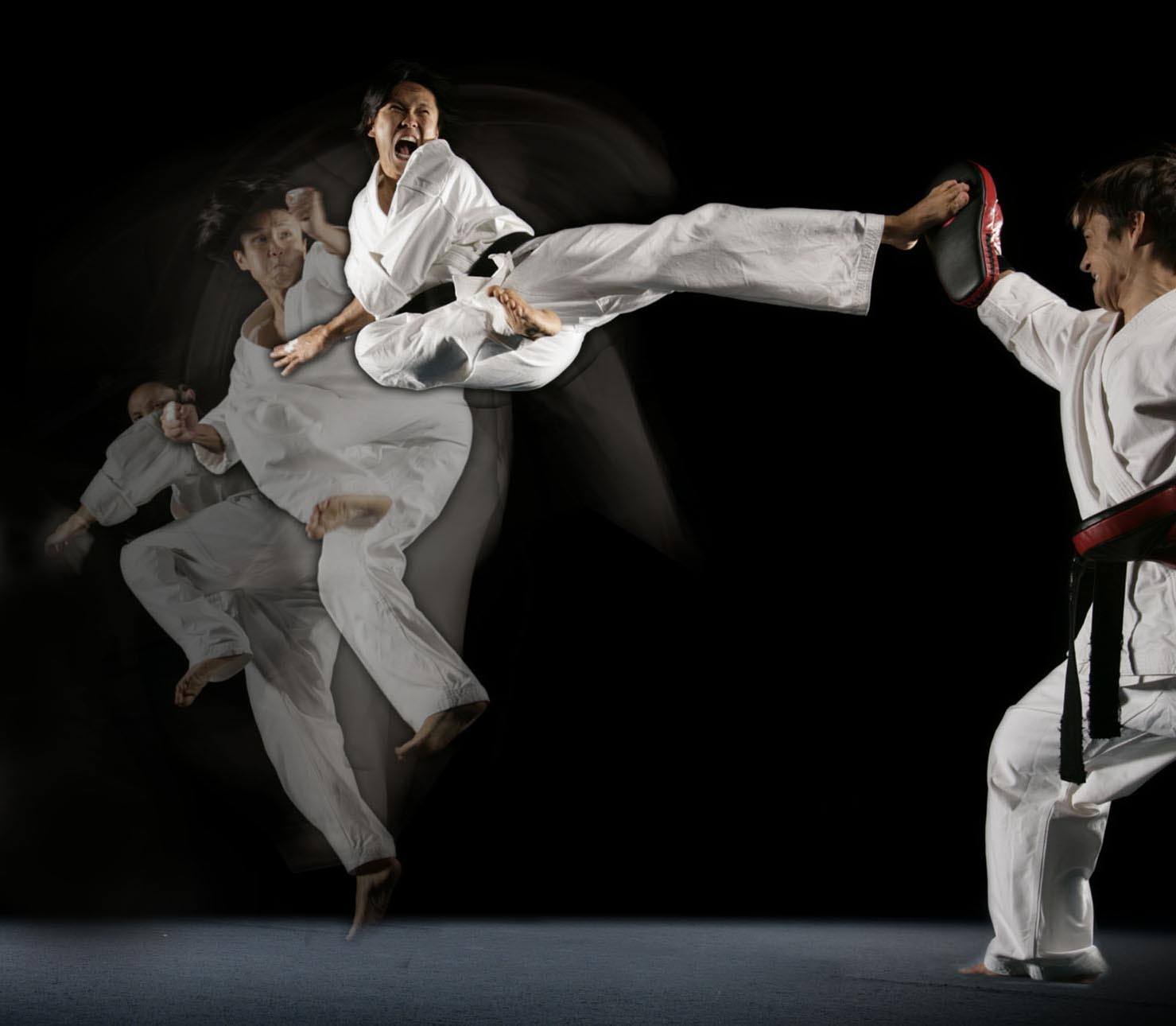
Children can learn how to execute basic movements at optimum speed with precision. They can also develop proper strength and conditioning. Furthermore, martial arts can boost self-confidence and enable them to socialize with other people.
5. Maintain Weight and Become Fit
Martial arts can help your children become more fit and control their weight. It can promote fat loss and improvement of the composition of the body. Childhood obesity is increasing in America and other parts of the world, thus it is recommended to engage children in physical activities as early as possible.
Martial arts can combine functional movements with cardiovascular exercises, strength training, mobility, agility, flexibility, and spatial awareness.
Some of the martial arts classes that allow weight control are Muay Thai, Karate, Kung Fu, Tai-Chi, Brazilian Jiu-Jitsu, Taekwondo, and Mixed Martial Arts.
6. Gender Equality
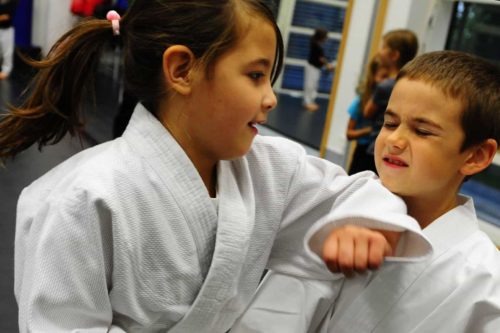
Apart from arts and crafts, little girls can also learn martial arts and become an independent individual as they grow. With martial arts, there are no children sitting alone on the bench because everyone will be encouraged to play and learn with their teachers. With this, they can learn to defend themselves and be able to play together with boys of their age.
7. Learn Discipline at an Early Age
![]()
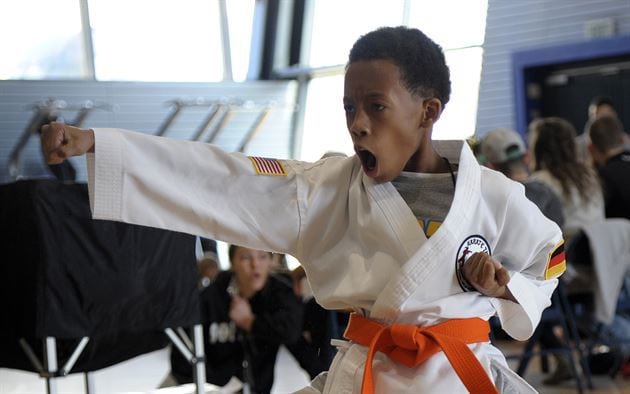 Martial arts is an effective way to develop self-discipline. The traditional styles like Karate, Judo, Taekwondo, and Kung Fu teaches self-discipline philosophy.
Martial arts is an effective way to develop self-discipline. The traditional styles like Karate, Judo, Taekwondo, and Kung Fu teaches self-discipline philosophy.
Martial arts can teach children to control their emotions, responses, and thoughts both professionally and personally. This is the very foundation of having a healthy sense of self and attaining inner calmness.
So how can martial arts attain self-discipline? Some classes introduce colored belt ranking system to promote self-discipline and good behavior. This can enable the students to set realistic goals. Gaining a higher belt rank doesn’t happen overnight and hard work and determination are needed along the process.
Respect and rules are also well-established in martial arts. For example, the student must always respond to their teacher as ‘sir’ or ‘master’ to show respect. Everything is a step-by-step process thus students can learn how to discipline themselves.
8. Martial Arts is Known Globally
Martial arts is known globally, may it be in Asia, Europe, America, or other parts of the world. Because of the influence of social media, the popularity of martial arts is growing. More and more people are becoming interested to learn martial arts and to teach it to every member of their family, especially their children.
9. Perform in Any Season
Martial arts can be performed at any season indoors, unlike outdoor and team sports. Even if it’s raining, sunny, or snowing, you can play martial arts in your place.
This is one of the reasons why many people are engaging in martial arts because there will never be a boring day with it.
10. Resolve Conflict
The skills learned in martial arts can be used to resolve conflict in personal life, although not in a physical altercation.
In this type of practice, there is no such thing as ‘fighting’ but learning to respond without reacting. As what Master Sifu taught us in Kung Fu Panda, words were never grounds for a fight.
Conclusion
In sum, martial arts have been prevalent in our culture for hundreds of years. It has evolved throughout the years and it became popular throughout the world. China, Japan, South Korea, Russia, and America have all their own versions of martial arts.
Today, more parents are introducing martial arts to their children because they want them to learn self-discipline, boost their self-confidence, socialize with people, and become physically active.
With the benefits in this type of combat practice, it is high time to get your children get into martial arts!
